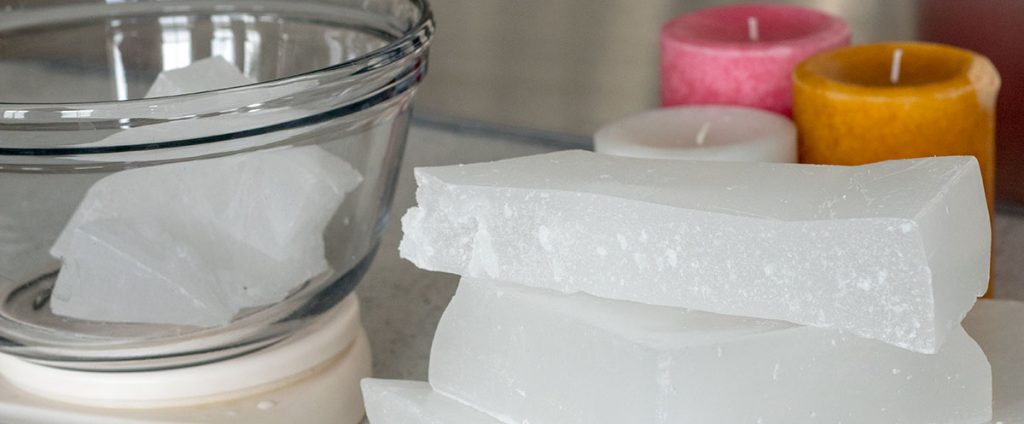Paraffin wax has ubiquitous applications, ranging from household items to industrial processes. While most people are familiar with the solid form used in candles and crayons, the liquid version is equally significant but perhaps less understood by the general populace. In this comprehensive guide, we’ll delve into both liquid and solid paraffin wax, shedding light on their distinct properties, uses, and advantages. Whether you’re a consumer curious about the products you use or a business owner considering your options, read on to gain a well-rounded understanding of these versatile materials.
What is Paraffin Wax?
Derived from the refining of crude oil, it is a hydrocarbon-based material that is notable for its white color and absence of taste and odor.What’s more, it’s highly stable and relatively inert, which explains its extensive range of applications. Paraffin wax can exist in both liquid and solid forms, each with its own set of properties and potential uses.
Liquid Paraffin Wax
Properties
Liquid paraffin, also known as mineral oil, is a transparent, colorless oil composed of saturated aliphatic and alicyclic nonpolar hydrocarbons. It is a liquid at room temperature and does not solidify until subjected to considerably low temperatures. Its viscosity and density can vary depending on the specific grade and refinement level.
Uses
- Cosmetics: Liquid paraffin is commonly used in creams, lotions, and ointments for its moisturizing properties.
- Industrial Applications: It serves as a lubricant in various machinery and tools.
- Pharmaceuticals: Liquid paraffin can act as a laxative when properly purified.
- Food Industry: Sometimes used as a non-stick agent in cookware.
Advantages
- Highly refined and pure
- Non-reactive and stable
- Acts as a superb lubricant
- Offers moisturizing benefits in cosmetic applications
Solid Paraffin Wax
Properties
Solid paraffin wax is white, odorless, and tasteless, with a typical melting point between 46 to 68 °C (115 to 154 °F). The wax is solid at room temperature and can be easily molded or shaped when heated.
Uses (Paraffin Wax)
- Candles: The most well-known use of solid paraffin wax is in candle making.
- Packaging: Solid paraffin provides a moisture barrier in the packaging of various food items.
- Cosmetics: It’s a component in lip balms, creams, and various other cosmetic products.
- Crayons: Solid paraffin is often used as a primary ingredient in crayons.
Advantages
- Easy to mold and shape
- Excellent barrier against moisture
- Provides longer burn time in candles
- Generally less expensive than other types of waxes
Differences Between Liquid and Solid Paraffin Wax
Physical State
- Liquid: Remains liquid at room temperature.
- Solid: Solid at room temperature and requires heat for melting.
Viscosity
Applications
- Liquid: More common in cosmetic and industrial lubrication applications.
- Solid: More prevalent in candle-making, packaging, and crayons.
Conclusion
Paraffin wax, available in both liquid and solid forms, serves an array of industries with its versatile properties and applications. Understanding the distinctions between these two forms can help consumers and industry professionals make informed decisions. Whether it’s the liquid form that catches your eye for its lubricating abilities or the solid type renowned for its molding capabilities, it has something for everyone.

